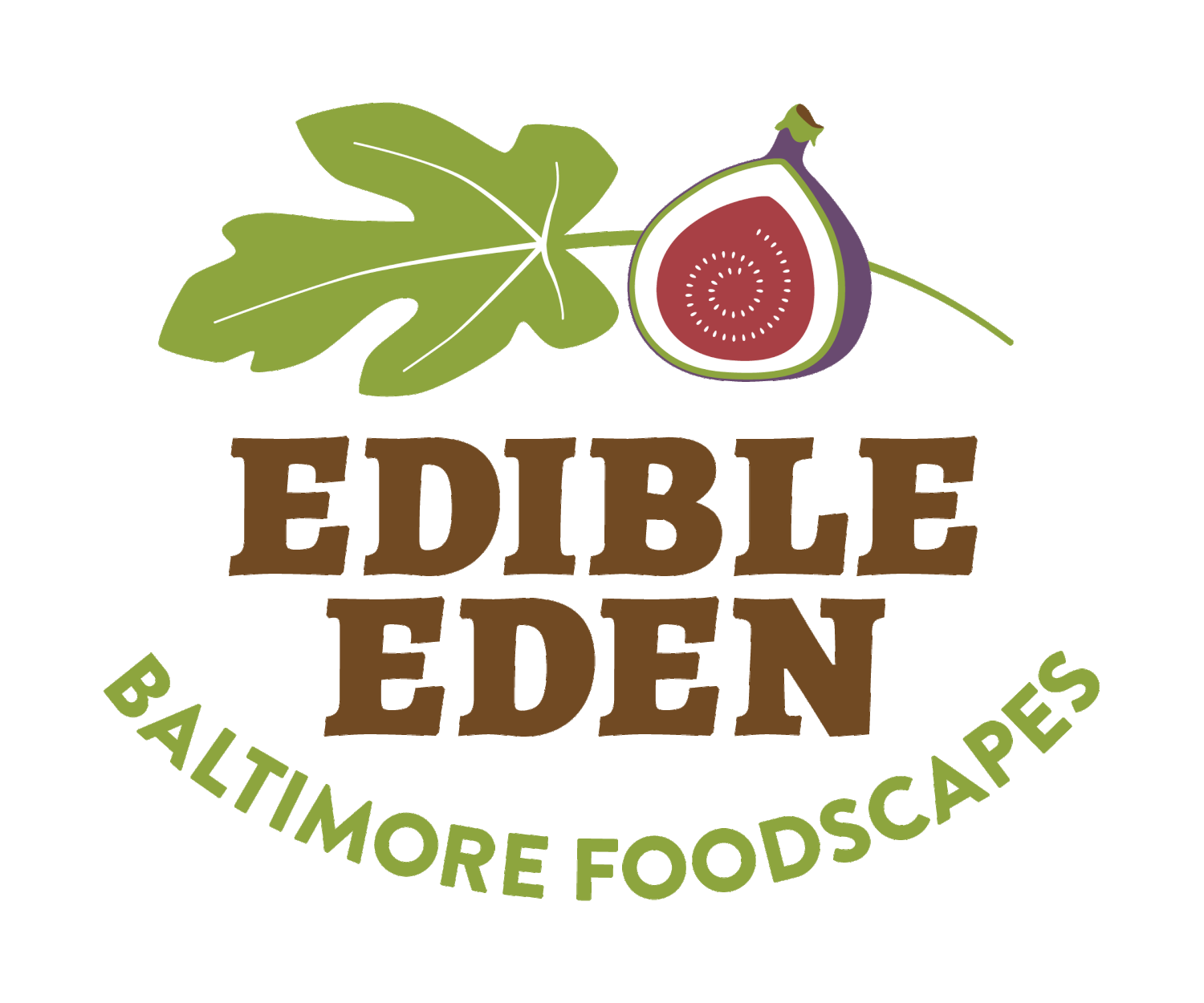Our Varieties:
Potatoes come in many sizes, shapes, colors, and starch contents. You may find long and skinny fingerlings or perfectly globe-shaped potatoes. Blue, brown, red, and yellow are all common colors.
“Starchy” potatoes like Russets, Idahos, and Yukon golds are great for baking, mashing, and frying while “waxy”potatoes are low in starch and hold their shape better making them best for boiling, roasting, and potato salads.
Harvest:
Harvest potatoes once their greens die all the way back. Some sources recommend allowing them to stay in the ground for a week or two more to allow the skins to begin to harden underground. The skins of mature potatoes should not be able to be rubbed off easily. Test one potato before harvesting them all.
Dig potatoes out by hand, or carefully with a spade or hand rake. Follow the stem of your potato plant into the soil, digging up to 10 inches deep and two to three feet wide.
End of the harvest:
Once potatoes have been harvested, they will not grow back although it is common to miss a tuber or two that will re-sprout.
Storage and handling:
Brush off soil, do not wash until you are ready to use.
For long term storage, potatoes must be “cured.” To cure potatoes, lay out to dry in a cool (50-60 degrees F), dark, well-ventilated place for 2-3 weeks.
Store potatoes in a dark, cool, and well ventilated place - covered baskets or closed boxes are good options for containers that will provide airflow but stay dark. Recipe ideas:
Recipe Ideas
Potatoes are a staple that can be eaten in just about any way. Try baking, boiling, or frying with a pat of butter, a sprinkle of salt and pepper, maybe a dollop of sour cream and a pinch of parsley.
For more advanced recipes, try your hand at a potato leek soup, a potato gratin, potato salad, or homemade potato chips! Get some more inspiration here.

